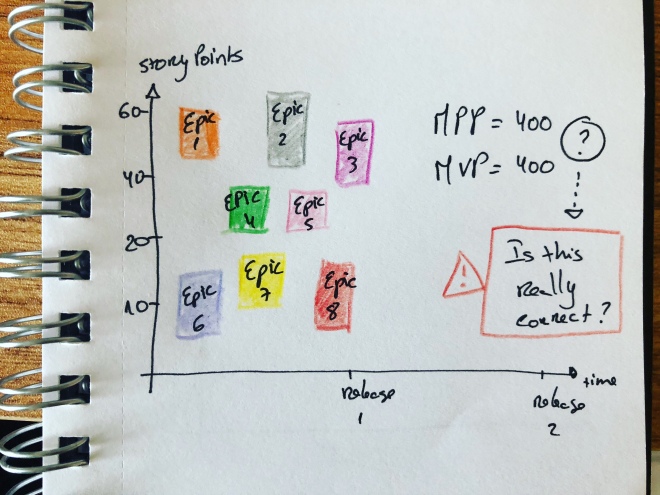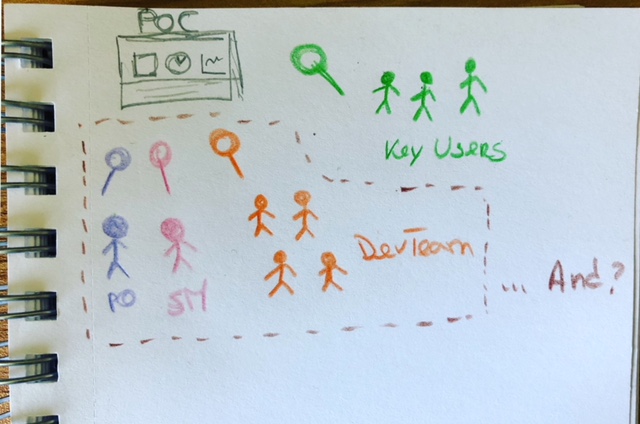
In my last post I didn’t have room to explore other backlog issues, which become more important once it starts the implementation phase: bugs (or defects) and change requirements (or change requests – CR). Bugs must be included in the backlog, they will take capacity to be solved and they bring user dissatisfaction. In this post we will touch different questions: which type of bugs and CRs we can face, in which contexts we will face them, who normally will report them into the backlog and the product owner dilemma between occupy capacity with new feature or fixing bugs or improving/ adapting product details (CR).
Continue reading Bugs, change requirements and the PO dilemma

 A release plan is an extremely important negotiation process. It should be factual, considering dependencies, anticipating risks and sharing with your Product Owner concerns, plans to improve the product in non functional requirements (e.g. QA, Security, Performance, etc.). You are managing expectations, challenging how reliable is the predictability of your dev team. But should you only consider your MPP? How can you avoid emotions in the release planning process?
A release plan is an extremely important negotiation process. It should be factual, considering dependencies, anticipating risks and sharing with your Product Owner concerns, plans to improve the product in non functional requirements (e.g. QA, Security, Performance, etc.). You are managing expectations, challenging how reliable is the predictability of your dev team. But should you only consider your MPP? How can you avoid emotions in the release planning process?


